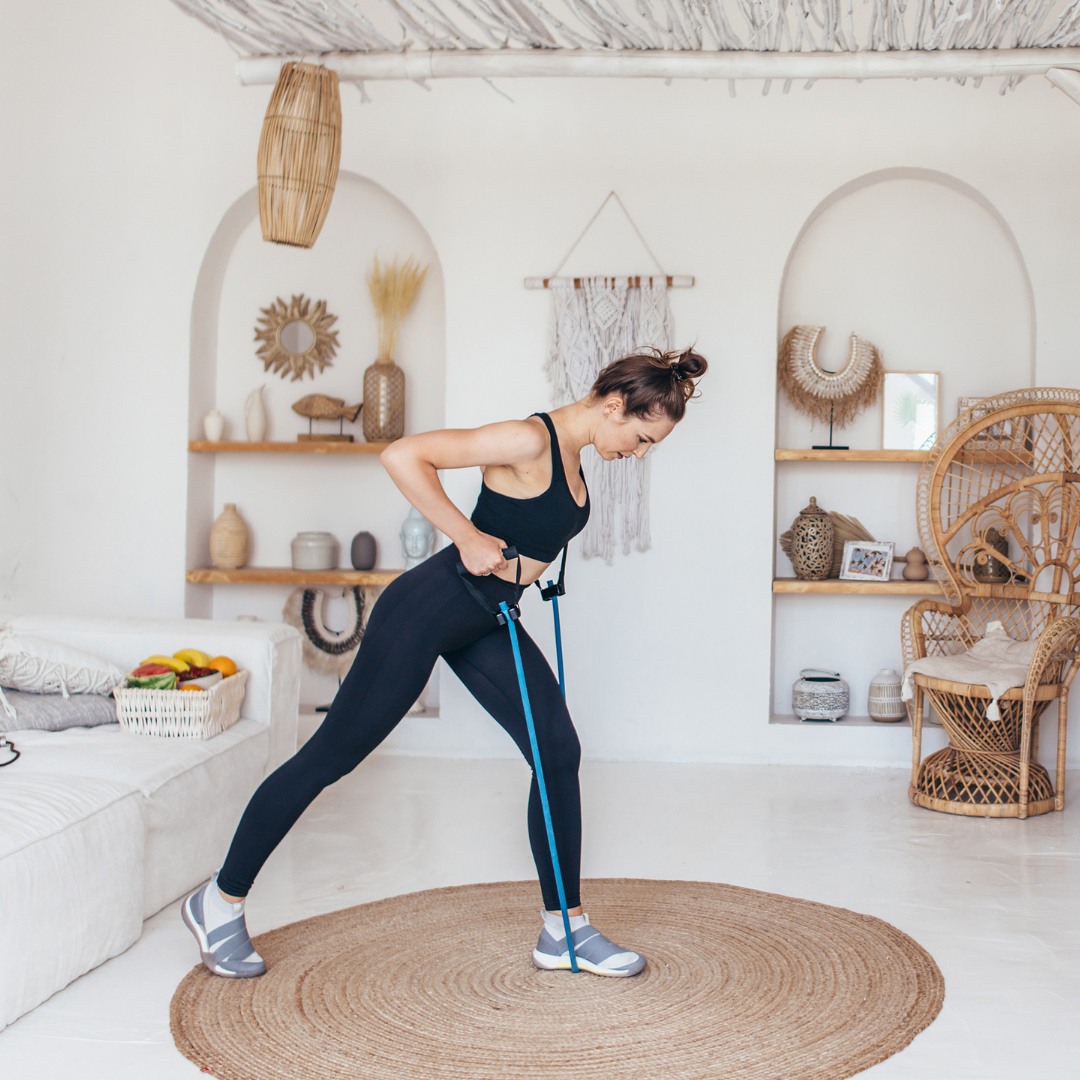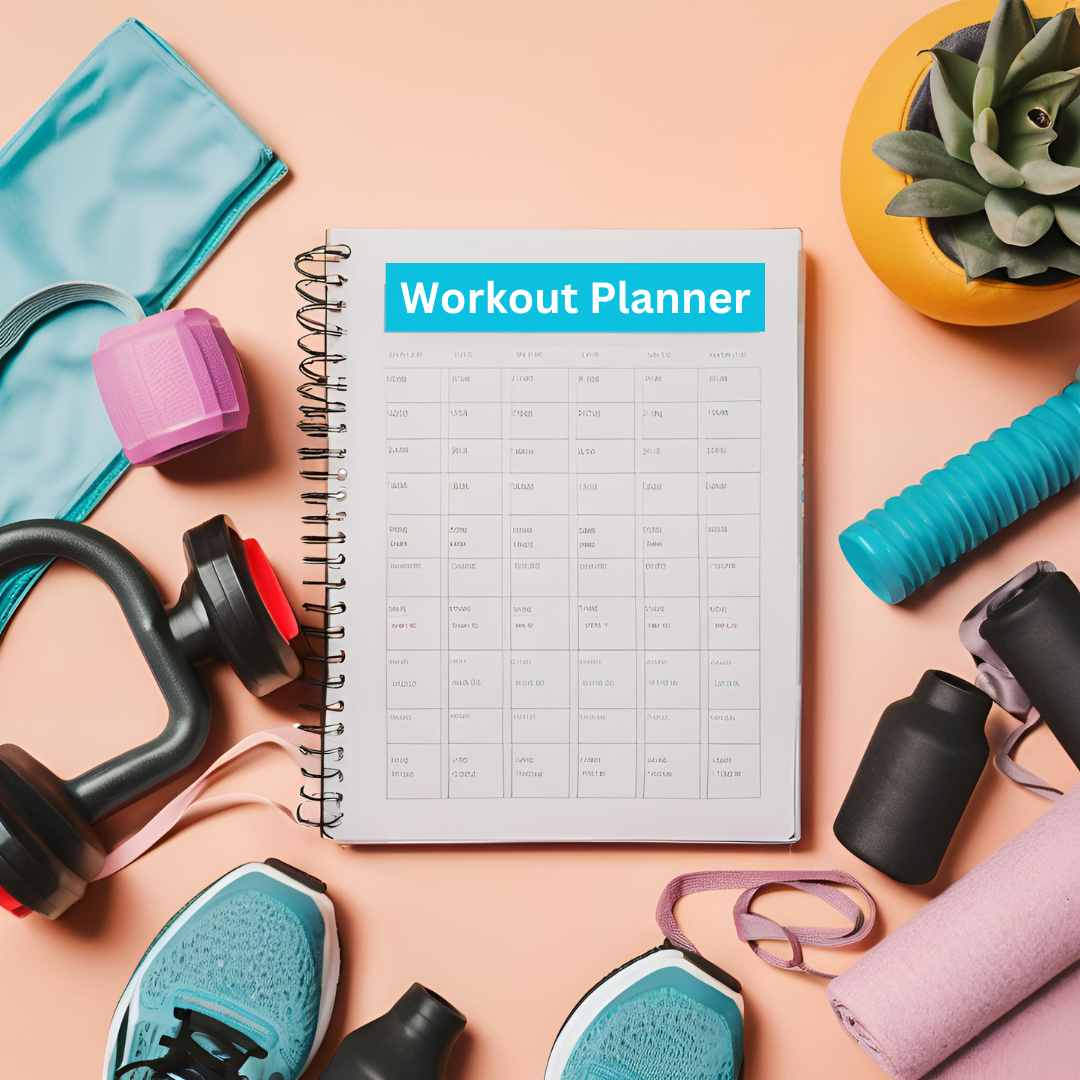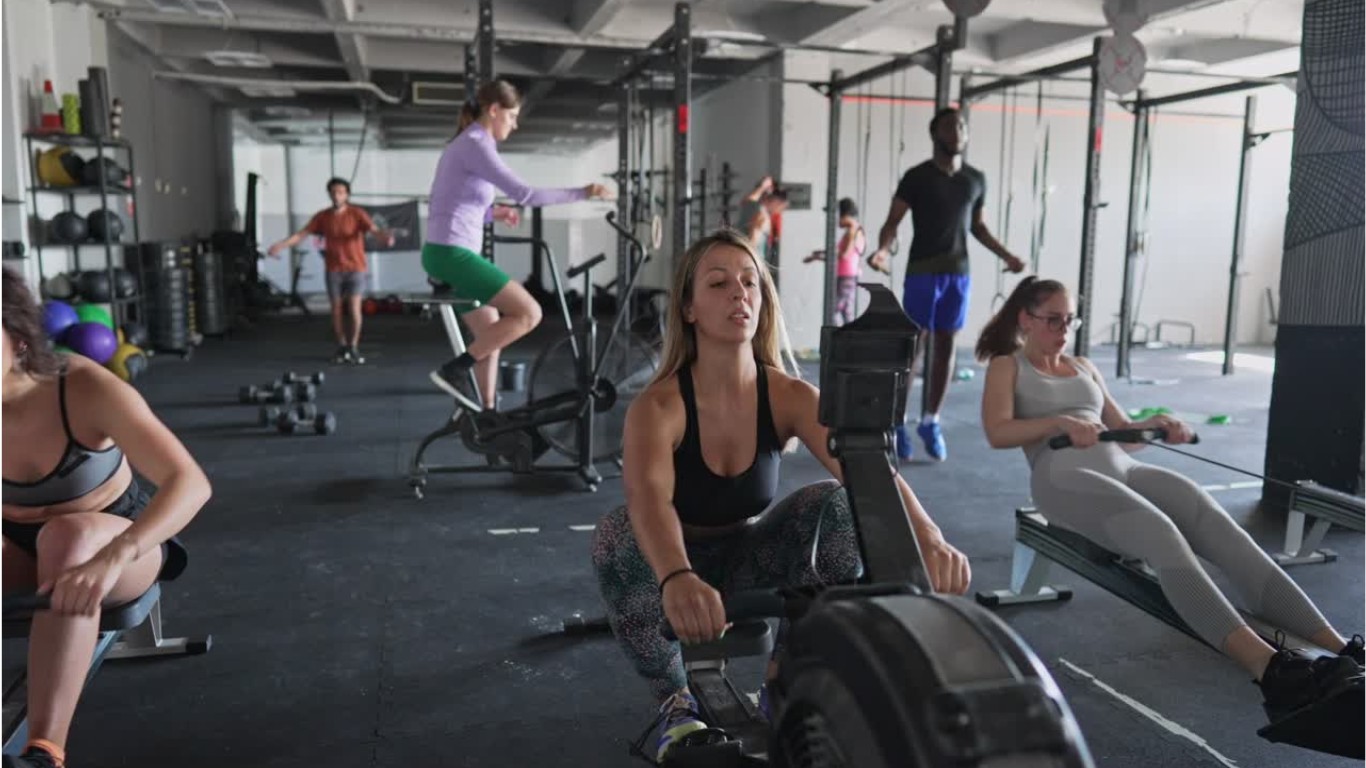Disclosure:
Thank you for reading this post, don't forget to subscribe!
Some of the links on this website are affiliate links. This means that if you click on the link and make a purchase, we may receive a small commission at no extra cost to you. Your support helps us keep the site running.Learn more on my Privacy Policy and Affiliate Disclosure page. Thank you for your support!

Creating a balanced workout plan is essential for achieving overall fitness and well-being. A well-rounded routine that includes cardio, strength training, and flexibility exercises can help you build endurance, increase muscle strength, and improve your range of motion. In this comprehensive guide, we will explore practical strategies for developing a balanced workout plan, motivation tips to keep you on track, and advice to overcome common barriers.
Understanding the Components of a Balanced Workout Plan
1. Cardio: The Heart of Your Workout
Cardiovascular exercise, or cardio, is any exercise that raises your heart rate. It is crucial for improving heart health, burning calories, and enhancing endurance. Common forms of cardio include:
- Running or Jogging: A great way to improve cardiovascular fitness and can be done almost anywhere.
- Cycling: Whether on a stationary bike or outdoors, cycling is an excellent low-impact cardio option.
- Swimming: A full-body workout that is easy on the joints and great for building endurance.
- Dancing: Fun and engaging, dancing can be a fantastic way to get your heart rate up.
- High-Intensity Interval Training (HIIT): Short bursts of intense exercise followed by rest periods, HIIT is effective for burning calories in a short amount of time.
read next:
2. Strength Training: Building Muscle and Bone Density
Strength training involves using resistance to build muscle strength and endurance. It is essential for maintaining muscle mass, improving metabolism, and enhancing bone density. Some effective strength training exercises include:
- Weight Lifting: Using free weights or machines to target specific muscle groups.
- Bodyweight Exercises: Push-ups, squats, and lunges can be done anywhere and require no equipment.
- Resistance Band Workouts: Bands are versatile and can be used for a variety of exercises to build strength.
- Pilates: Focuses on core strength and stability, making it a great addition to any strength training routine.

3. Flexibility: Enhancing Mobility and Reducing Injury Risk
Flexibility exercises improve the range of motion in your joints and muscles, which can help prevent injuries and enhance overall performance. Incorporating flexibility training into your routine can include:
- Stretching Exercises: Static and dynamic stretching can improve flexibility and prepare your body for workouts.
- Yoga: Combines flexibility, strength, and mindfulness, making it a holistic approach to fitness.
- Tai Chi: A gentle form of martial arts that promotes flexibility, balance, and relaxation.
Creating Your Balanced Workout Plan
Step 1: Assess Your Fitness Level
Before creating a workout plan, assess your current fitness level. Consider factors such as your age, weight, fitness goals, and any existing health conditions. This assessment will help you tailor your workout plan to your specific needs.
Step 2: Set Clear Goals
Setting clear and achievable fitness goals is crucial for staying motivated. Consider using the SMART criteria (Specific, Measurable, Achievable, Relevant, Time-bound) to define your goals. For example:
- Specific: “I want to run a 5K.”
- Measurable: “I will track my running time each week.”
- Achievable: “I will follow a training plan to gradually increase my distance.”
- Relevant: “Running will help me improve my cardiovascular health.”
- Time-bound: “I aim to complete the 5K in three months.”
Balanced Workout Plan Chart
| Component | Purpose | Recommended Frequency | Example Activities |
|---|---|---|---|
| Cardio | Improves cardiovascular health, endurance, and calorie burning. | 3-5 times per week (30-60 minutes per session). | Running, cycling, swimming, brisk walking. |
| Strength Training | Builds muscle, boosts metabolism, and enhances overall strength and bone health. | 2-3 times per week (target all major muscle groups). | Weightlifting, resistance bands, bodyweight exercises. |
| Flexibility | Increases range of motion, prevents injury, and promotes recovery. | 3-7 times per week (5-15 minutes per session). | Yoga, dynamic stretching, static stretching. |
| Rest and Recovery | Allows muscles to repair and grow, reduces fatigue, and prevents overtraining. | At least 1-2 rest days per week. | Active rest (light yoga, walking) or complete rest. |
Step 3: Design Your Weekly Schedule
A balanced workout plan should include a mix of cardio, strength training, and flexibility exercises throughout the week. Here’s a sample weekly schedule:
- Monday: 30 minutes of cardio (running or cycling) + 20 minutes of strength training (upper body)
- Tuesday: 30 minutes of flexibility training (yoga or stretching)
- Wednesday: 30 minutes of cardio (HIIT) + 20 minutes of strength training (lower body)
- Thursday: Rest day or light activity (walking)
- Friday: 30 minutes of cardio (swimming) + 20 minutes of full-body strength training
- Saturday: 30 minutes of flexibility training (Tai Chi or Pilates)
- Sunday: Active recovery (hiking or leisurely biking)
Step 4: Listen to Your Body
It’s essential to listen to your body and adjust your workout plan as needed. If you feel fatigued or experience pain, consider taking a rest day or modifying your routine. Recovery is just as important as the workouts themselves.
Motivation Tips to Stay Committed
1. Find a Workout Buddy
Working out with a friend can make exercising more enjoyable and hold you accountable. You can motivate each other and celebrate your progress together.
2. Track Your Progress
Keeping a fitness journal or using a fitness app can help you track your workouts, progress, and achievements. Seeing how far you’ve come can boost your motivation.
3. Reward Yourself
Set up a reward system for reaching your fitness goals. Treat yourself to something special, like new workout gear or a massage, when you achieve a milestone.
4. Mix It Up
Variety is key to preventing boredom. Try new workouts, classes, or outdoor activities to keep your routine fresh and exciting.
Overcoming Common Barriers
1. Time Constraints
Many people struggle to find time for exercise. To overcome this barrier, consider:
- Scheduling Workouts: Treat your workouts like appointments that you cannot miss.
- Opting for Shorter Workouts: High-Intensity Interval Training (HIIT) can be effective in shorter time frames.
- Incorporating Activity into Daily Life: Walk or bike to work, take the stairs, or do a quick workout during lunch breaks.
2. Lack of Motivation
If you find it challenging to stay motivated, try:
- Setting Specific, Achievable Goals: Break larger goals into smaller, manageable steps.
- Joining a Fitness Class or Community: Being part of a group can provide support and encouragement.
- Finding Inspiration: Follow fitness influencers or read success stories to stay inspired.
3. Limited Access to Equipment
You don’t need a gym membership to get fit. Many effective workouts can be done at home with minimal or no equipment. Bodyweight exercises, resistance bands, and household items can serve as alternatives.
Recent Post:
Commit to Your Fitness Goals
Creating a balanced workout plan that includes cardio, strength, and flexibility is essential for achieving your fitness goals. By assessing your fitness level, setting clear goals, and staying motivated, you can overcome barriers and make exercise a regular part of your life.
Are you ready to commit to your fitness journey? Explore more helpful content on Morningscape Mindset Media and take the first step towards a healthier, more active lifestyle!
Additional resources
- Discover why staying hydrated is key to peak performance and recovery in your fitness journey. Learn how proper hydration supports your workouts and overall health. Read more here.
- Struggling to fit activity into your busy schedule? Explore these practical tips to keep moving and stay energized throughout your workda. Check out the article here
Resource from ousite network
More about:
HEALTH / WELLNESS / FITNESS / NUTRITION
Share this article
















